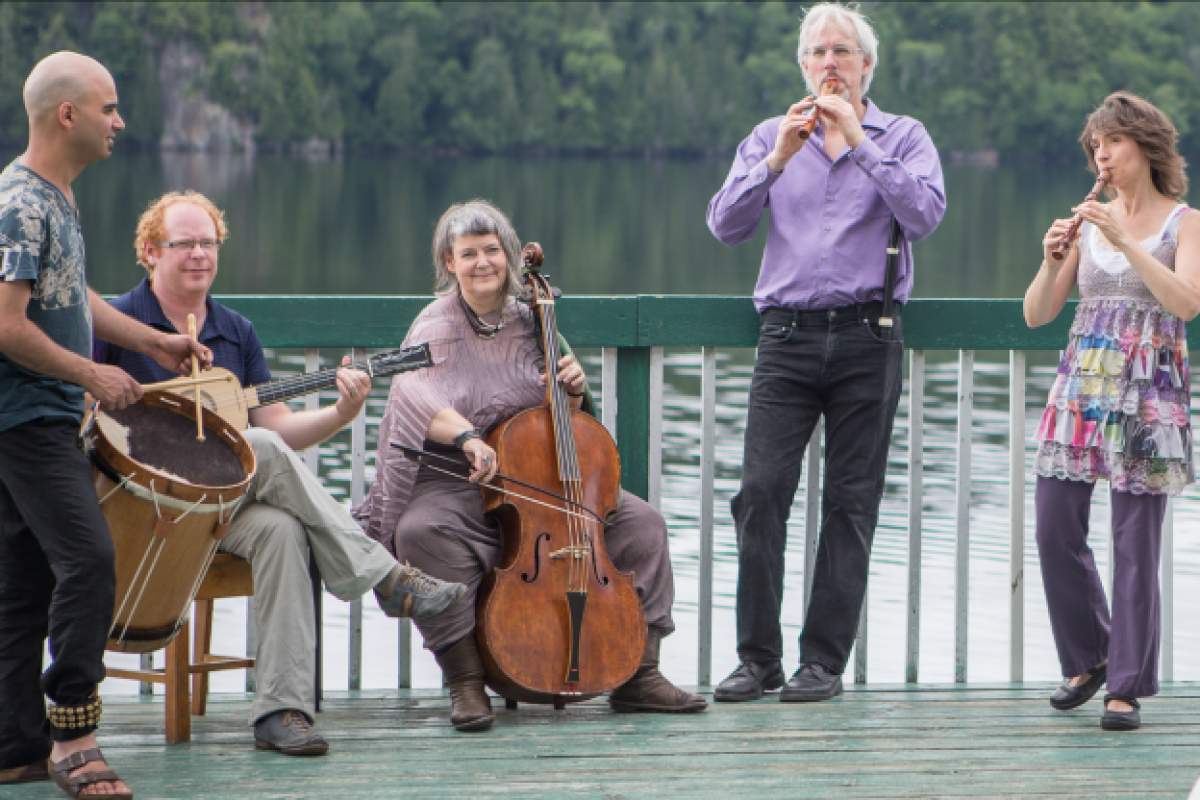
An Illusion of Eternity
The foundation of a chaconne is its repetitive harmonic motive.
Ensemble Caprice's recording called Chaconne: Voices of Eternity explores the musical form and the concept of time transcended.
According to this recording's liner note, chaconnes, along with similar forms like the passacaglia, and the folia that rely on elements of repetition, evoke a “sense of time stretching far beyond the limits of our physical world, thus creating an illusion of eternity!”
Creating the illusion of eternity in music is a heady concept, and one which Ensemble Caprice explores through the music of Monteverdi, Landi, Vivaldi, Falconieri, and Bach.
New Music, Early Music
Before launching into the familiar sound of a baroque chaconne, the recording opens with a short vocal piece called Chaconne I, newly composed by Ensemble Caprices’ director, Matthias Maute. It is the first of a set of seven that are interspersed throughout the disc, around which the rest of the album unfolds. Here, text is key. Based on poems by the 17th century mystic Angelus Silesius, the text for Chaconne 1 translates:
“Man, when you lift your mind above place and time / You can, at every moment, be in eternity.”
Each of Maute’s compositions are scored for a trinity of high voices that intertwine in close-knit harmony. The old and new side-by-side certainly grabs at the ear for attention. After several iterations of Maute’s compositions throughout the course of the disc though, listeners come to expect the interruption from the baroque groove, and even perhaps welcome it. Chaconnes are after all, by their nature highly repetitive forms!
Folk Roots
Citing the Chaconne as having origins in folk music, the middle portion of the CD is taken up by several tracks of anonymous 16th century Czech tunes that Maute has arranged for the ensemble.
By Arrangement
One of the most famous chaconnes of all time is Bach’s Chaconne for solo violin from the d minor Partita. For their performance, Ensemble Caprice has arranged it for two recorders and cello. In his liner note, Maute cites the assertion that in the Bach family home, Bach’s solo violin works were regularly played on different instruments. The arrangement is certainly not without precedent. Bach’s chaconne is regularly played by guitarists and has been arranged for orchestras. Brahms arranged it for piano left-hand, and even Mendelssohn and Schumann wrote piano parts to accompany the solo violin. Ensemble Caprice's version is very interesting to hear, and gives certain clarity to Bach’s polyphonic lines.









